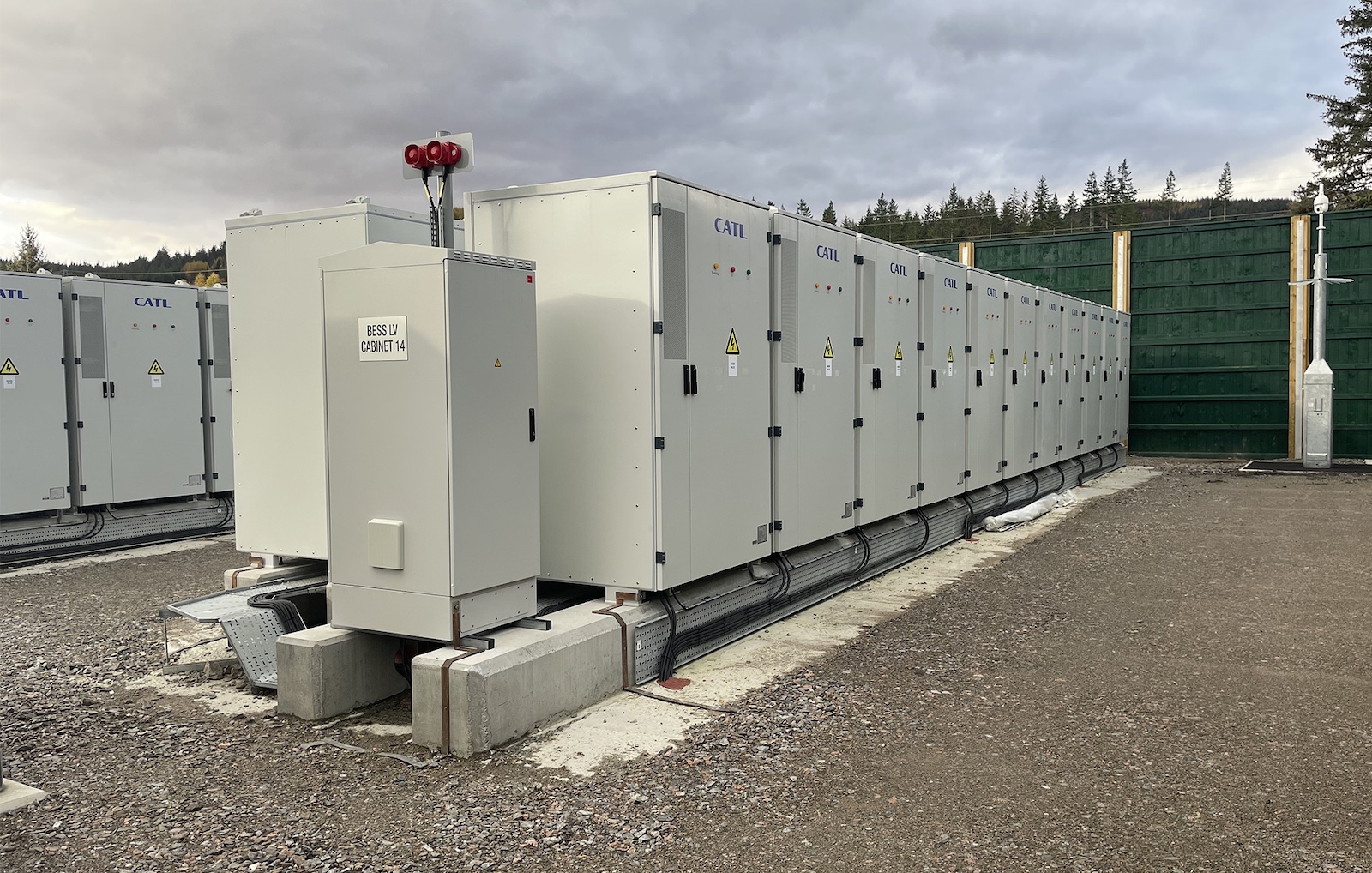Battery

Battery Energy Storage Systems (BESS) play a crucial role in managing renewable energy by addressing the challenges of intermittency, grid stability, and energy efficiency.
BESS play several key functions in managing an electricity system increasingly reliant on renewable forms of electricity generation:
1. Energy Storage & Time-Shifting
- Stores excess electricity generated from renewable sources like solar and wind when production is high.
- It releases stored energy when generation is low (e.g., at night or during low wind conditions), ensuring a continuous power supply.
2. Grid Stabilization & Frequency Regulation
- Helps maintain grid stability by quickly responding to fluctuations in power supply and demand.
- It provides frequency regulation by injecting or absorbing power to maintain a stable grid frequency.
3. Peak Load Management
- Reduces stress on the grid by supplying stored energy during peak demand periods, lowering costs and preventing blackouts.
- It helps defer investments in grid infrastructure by balancing supply and demand more efficiently.
4. Renewable Energy Smoothing
- Solar and wind power can be highly variable; BESS smooths out fluctuations by absorbing sudden spikes in generation and filling gaps when output drops.
5. Energy Arbitrage & Cost Savings
- In markets with variable electricity prices, BESS allows users to buy and store electricity when prices are low and use or sell it when prices are high, reducing energy costs.
By enhancing the reliability and efficiency of renewable energy sources, BESS plays a critical role in accelerating the transition to a cleaner and more sustainable energy future.
Welsh Power’s management of BESS assets involves the strategic planning, monitoring, maintenance, and optimization of battery storage systems to maximize performance, lifespan, and financial returns. Effective asset management ensures reliable operation, minimizes downtime, and enhances economic value.
We provide:
1. 24/7/365 Performance Monitoring & Optimization
- Real-Time, All-the-Time, Data Analysis: Continuous tracking of key performance indicators (KPIs) like state of charge (SoC), state of health (SoH), temperature, and energy throughput.
- Performance Analytics: Analysis of trends to optimize battery cycling for longevity.
- Efficiency Optimization: Monitoring and management of cell-level (where available) cycles to reduce degradation and maximize efficiency based on grid demand and market conditions.
2. Preventive & Predictive Maintenance
- Routine Inspections: Regular assessment of facility health, balance of plant, cooling systems, and electrical infrastructure.
- Fault Detection & Early Warning: Implementing automated diagnostics to identify and address potential failures before they cause system downtime.
- Safety Exceedance and Emergency Response Co-ordination: Monitoring safety critical systems and parameters to minimise risk and co-ordination if things go wrong.
3. Lifecycle Management
- Battery Degradation Tracking: Monitoring capacity fade and support battery life implementation strategies.
- End-of-Life Planning: Support planning for battery recycling, second-life applications, or disposal in compliance with environmental regulations.
- Technology Upgrades: Evaluate opportunities to upgrade or replace battery components to improve system performance.
4. Financial & Revenue Optimization
- Energy Market Participation: Market routing of stored energy for peak shaving, arbitrage, or frequency regulation to maximize revenue.
- Asset Valuation & Depreciation: Tracking asset depreciation and financial performance over time.
- Incentives & Compliance: Managing government incentives, tax benefits, and regulatory compliance to optimize financial returns.
5. Risk Management & Compliance
- Regulatory Compliance: Ensuring adherence to safety, environmental, and grid standards.
- Cybersecurity & Data Protection: Safeguarding BESS systems against cyber threats and unauthorized access.
- Insurance & Warranty Management to protect asset investments.
Effective BESS asset management enhances operational reliability, maximizes financial returns, and supports the transition to a more sustainable energy system.
By leveraging data analytics, predictive maintenance planning, and market strategies, Welsh Power can ensure optimal performance and longevity of BESS investments, all day, every day.
